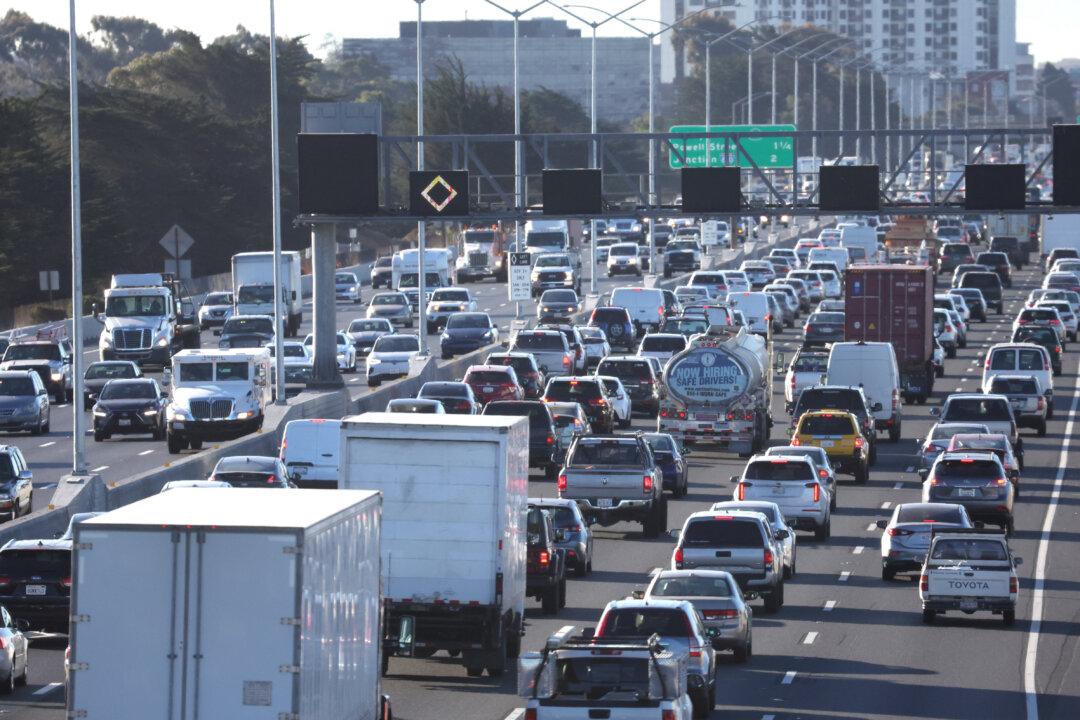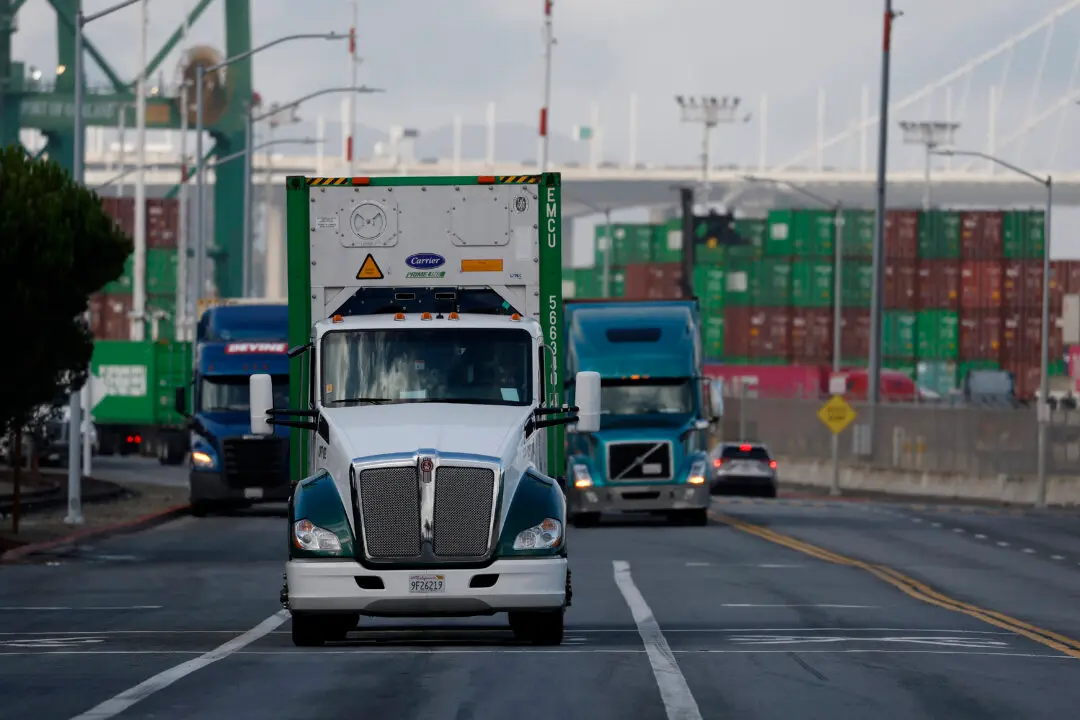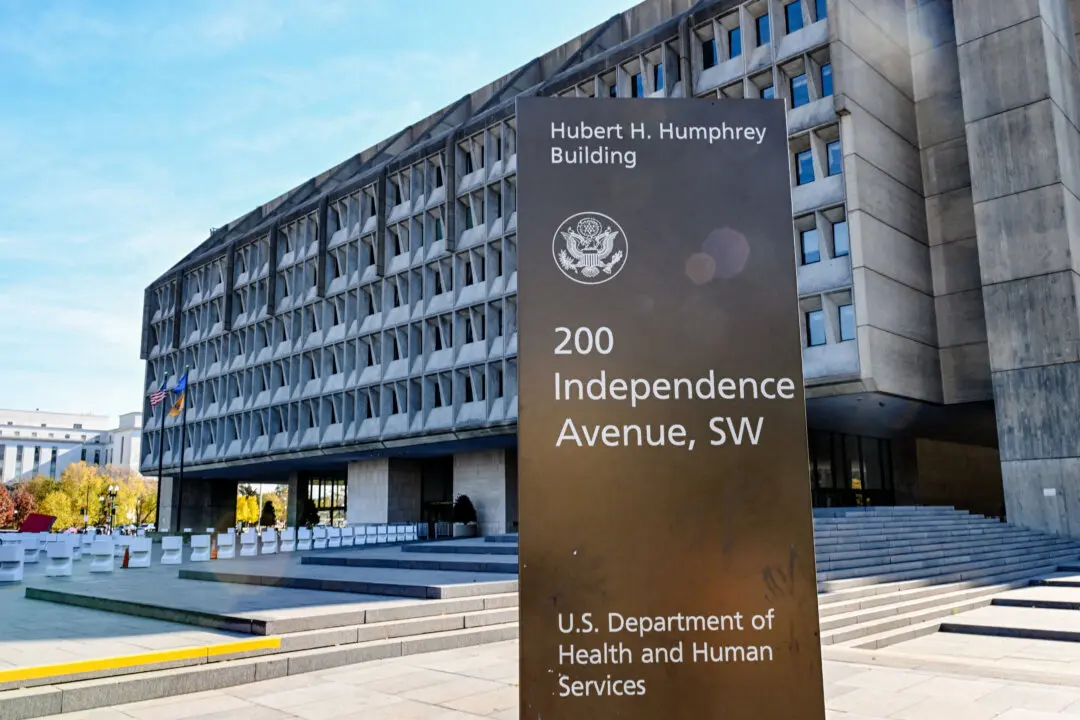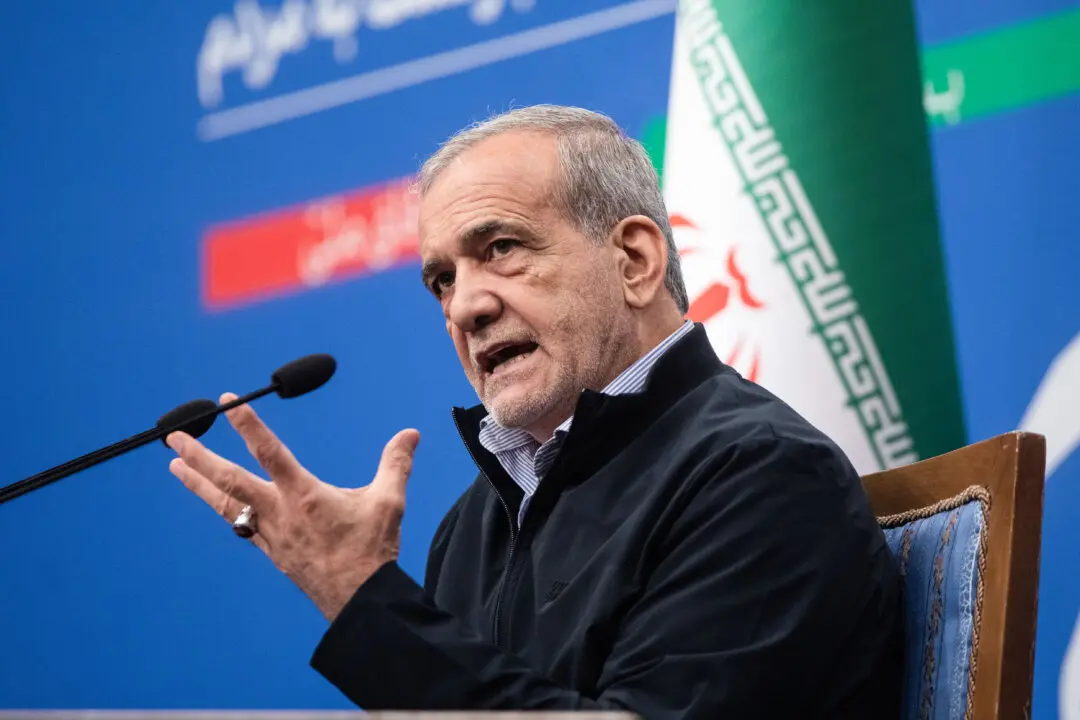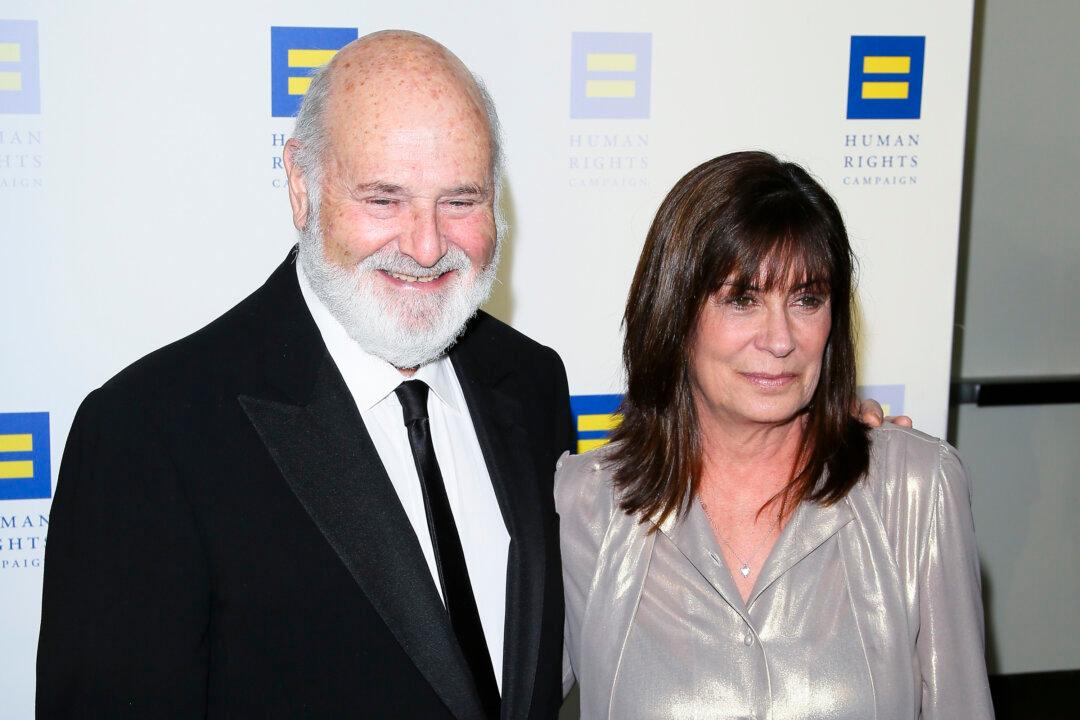California’s aggressive climate plan to reduce greenhouse gas emissions “lacks a clear strategy,” the Legislative Analyst’s Office reported on Jan. 4.
“Despite the significant reductions needed to meet these goals, CARB’s plan does not identify which specific policies it will implement,” the report stated, referring the California Air Resources Board (CARB).
